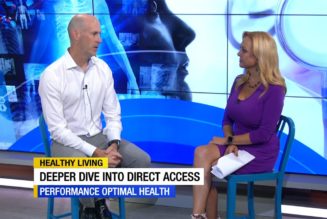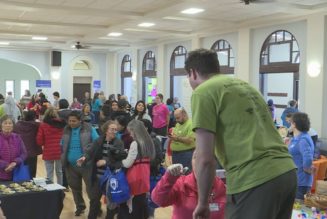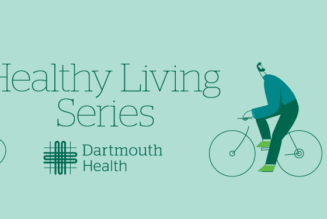
As public health concerns of obesity, mental health and premature death from non-communicable diseases rise, it is even more critical to understand the connection between community trees and human health. While it may be intuitive that living near trees and associated greenspace encourages general feelings of well-being, numerous studies substantiate the connection between healthy trees and healthy lives.
Did you know?
- People are 3 times more likely to achieve recommended levels of activity when exercising in treescapes
- Higher tree density can decrease risk of childhood obesity by 12%
- Treescapes reduce the risk of dying from several common causes of death — including cardiovascular and respiratory diseases — by between 8-12%
- Cardiovascular disease is 1.5 times greater for individuals living greater than 2 blocks away from a park
- A 1% increase in proportional nearby usable greenspace equals a 4% decrease in rate of anxiety/mood disorder treatment
- Dementia patients with access to treed “wander gardens” reduced falls by 30% and medications by 10%
- 10% increase of urban tree canopy within a mother’s neighborhood decreases small gestational age births by 1.42 per 1000 and increases birthweights up to 15g
Click here to explore more.
Texas A&M Forest Service continues to create relationships with health care providers, local governments and other state forestry organizations to expand research on the many ways trees improve individual and community health.
We work to ensure equal access to community trees and forests as well as to improve community forest management that betters public health, combats the rise of global temperatures, reduces healthcare costs and creates happier, healthier communities.









